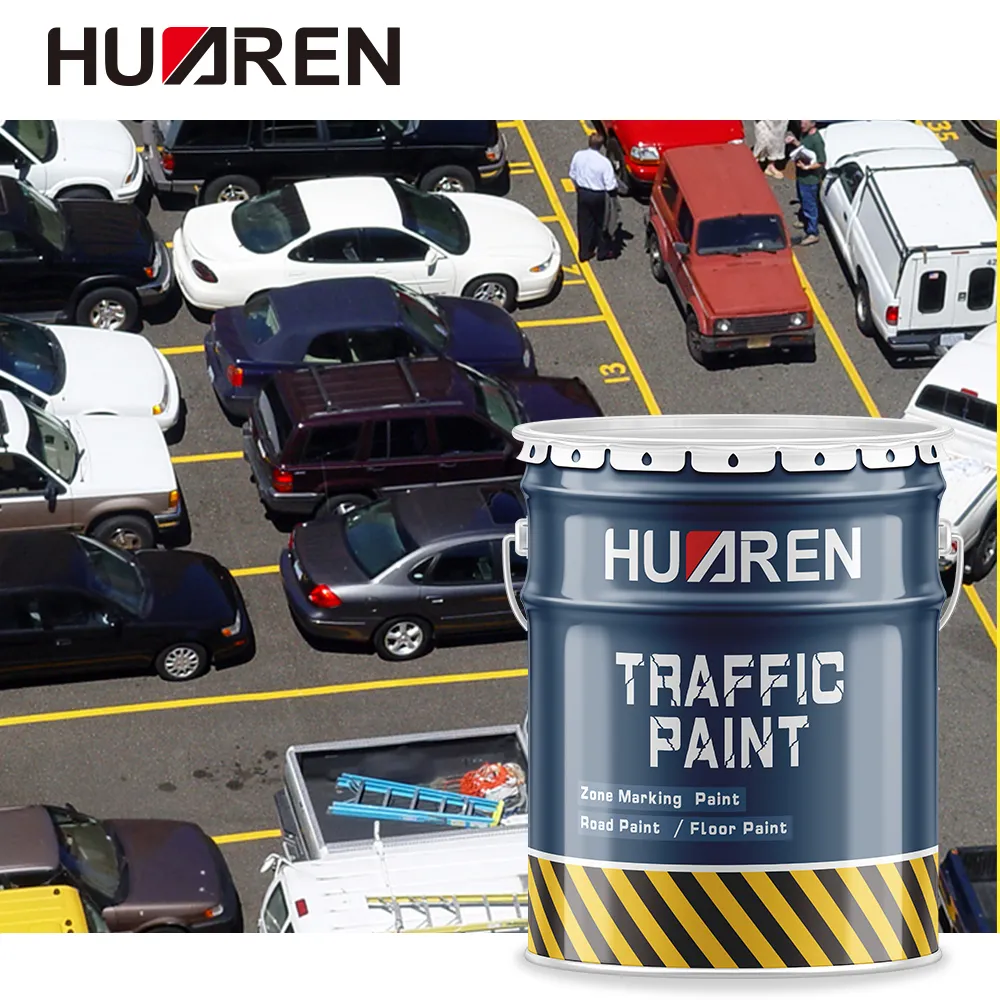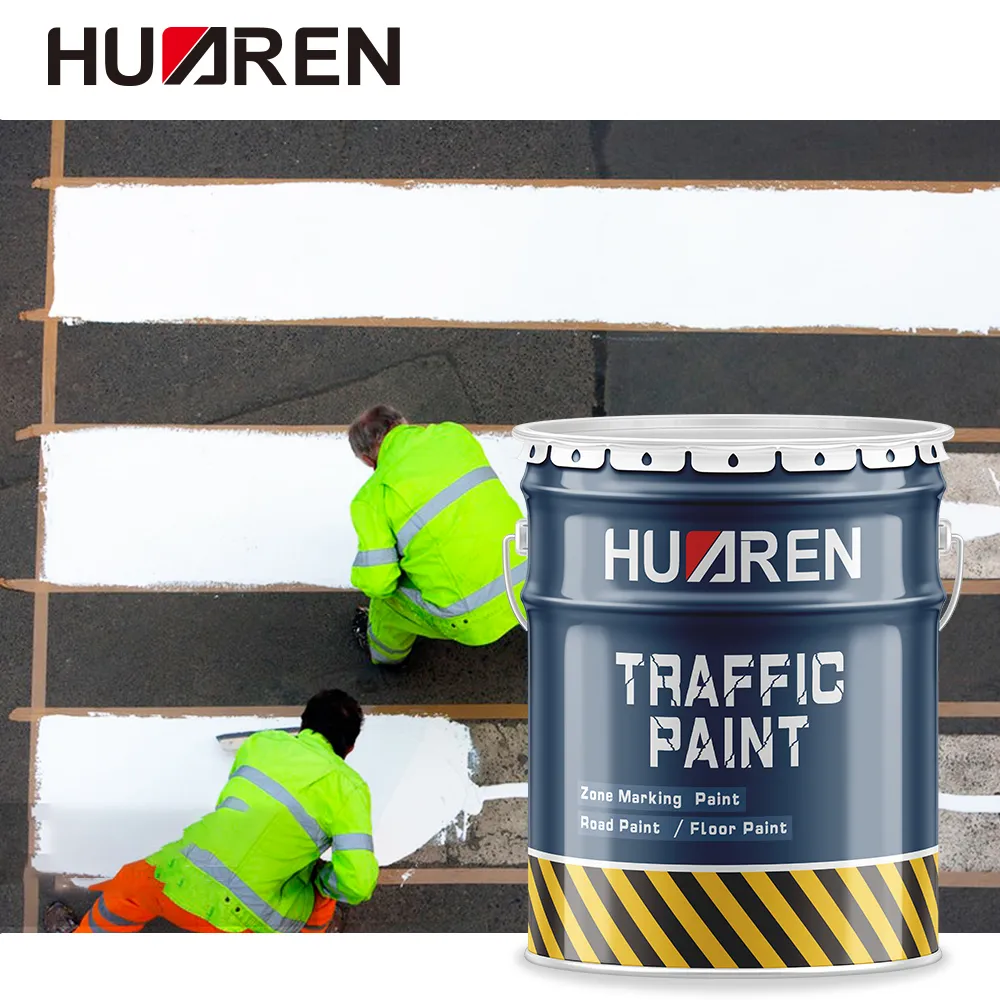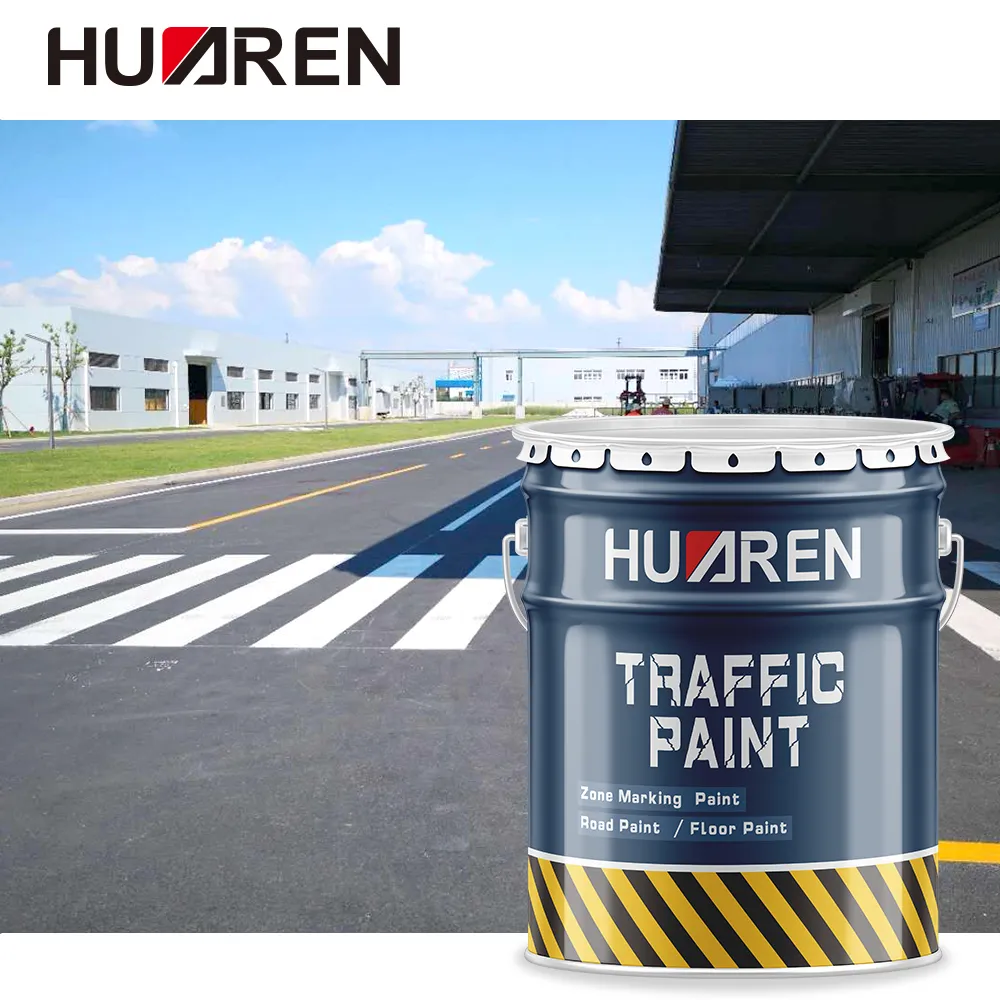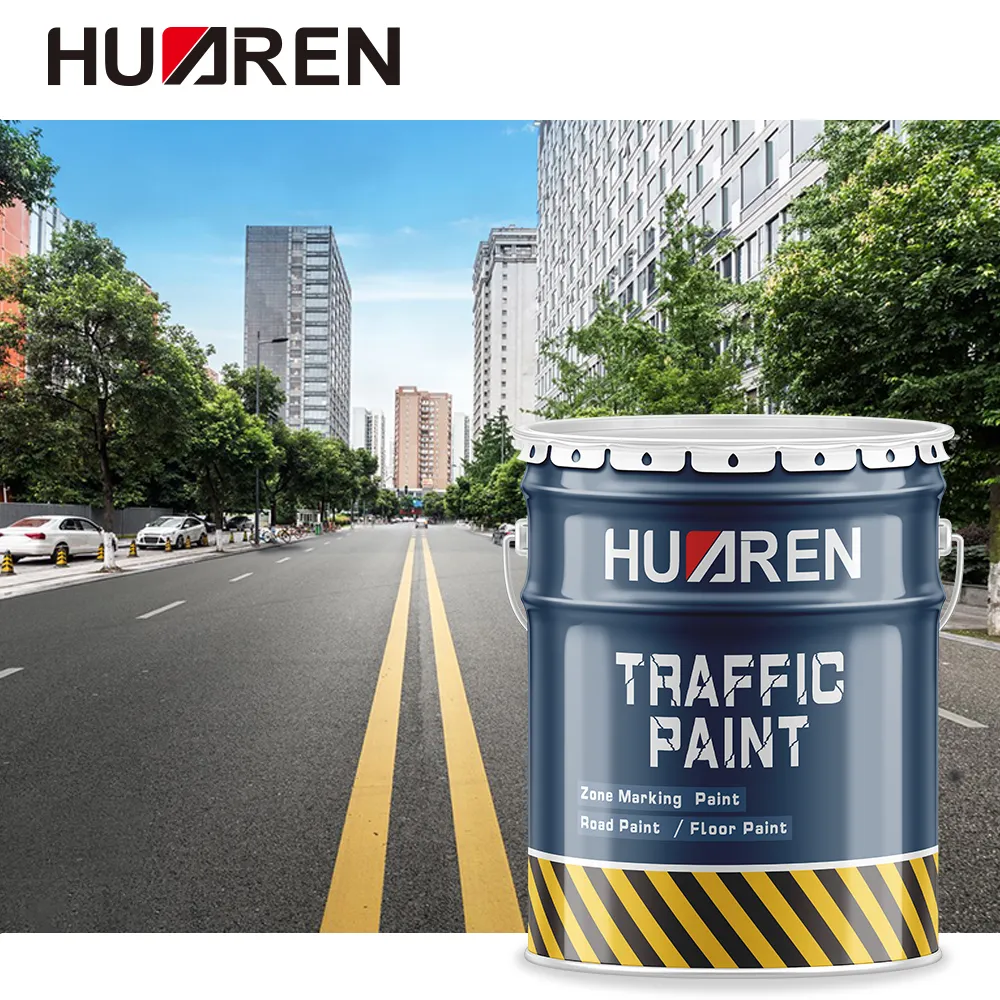Traffic paint plays a key role in modern urban infrastructure and is widely used in road markings, parking lots, airport runways and other places. With the improvement of environmental protection and health awareness, people have begun to pay attention to harmful substances in traffic paint, especially the content of lead.
This article will explore in depth whether traffic paint contains lead, the time point when the United States banned lead paint, and the reasons and impacts behind it.

Does traffic paint contain lead?
Traffic paint is a paint specially used for road markings. Its main ingredients include base materials, pigments, solvents and additives:
● Base materials: Common base materials are acrylic, polyurethane and epoxy resin, which provide adhesion and durability of the coating.
● Pigments: Used to give color to the paint, common ones are titanium dioxide (titanium dioxide) and other inorganic or organic pigments.
● Solvents: Used to adjust the viscosity of the paint for easy coating.
● Additives: Such as UV inhibitors, anti-skid agents and desiccants, enhance the performance of the paint.
What is the role of lead in paint?
Lead was once widely used in paints, mainly because lead compounds have the following advantages:
● Color enhancement effect: Lead compounds such as lead chrome yellow have bright colors and are often used to make bright-colored paints such as yellow and red.
● Anticorrosion performance: Lead compounds have good anticorrosion properties and can extend the service life of paints.
● Accelerated drying: Lead compounds can accelerate the drying process of paints and improve construction efficiency.

How is lead used in traffic paints?
Although lead has many advantages in paints, its harm to the environment and human health is also very significant. Lead is a toxic heavy metal. Long-term exposure can cause lead poisoning and affect the nervous system, immune system and other physiological functions. Because of this, many countries and regions have gradually banned or restricted the use of lead compounds in paints.
In modern traffic paints, the use of lead has been greatly reduced or even completely replaced. With the increasingly stringent environmental regulations and the improvement of public health awareness, traffic paint manufacturers have adopted other non-toxic and environmentally friendly pigments and additives to replace lead compounds. Despite this, lead traffic paints may still be used in some non-compliant products or backward areas.
When did the United States begin to ban lead paint?
1950s to 1960s:
As early as the 1950s, some states and cities in the United States began to realize the hazards of lead paint and took preliminary restrictive measures. For example, Chicago and New York City began to restrict the use of lead paint in residences in the late 1950s. However, these measures had limited impact nationwide.
1970s:
The 1970s was an important period for legislation in the United States in the fields of environmental protection and public health. In 1972, the United States Environmental Protection Agency (EPA) was established, marking a new stage in the United States in environmental protection. In 1971, the U.S. Consumer Product Safety Commission (CPSC) promulgated the Federal Lead-Based Paint Control Act, prohibiting the use of paint containing more than 0.5% lead in residential and public buildings. This act was the beginning of a comprehensive ban on lead paint in the United States.
Comprehensive ban in 1978:
In 1978, the U.S. Consumer Product Safety Commission (CPSC) promulgated stricter regulations prohibiting the use of paint containing more than 0.06% lead in all residential and public buildings and toys. This regulation marks the official implementation of the comprehensive ban on lead paint in the United States. Since then, lead paint has gradually disappeared from the US market, replaced by more environmentally friendly and safe lead-free paint.

Reasons and impacts of banning lead paint
1. Health hazards:
Lead poisoning is one of the main reasons for banning lead paint. The hazards of lead poisoning to human health include:
● Nervous system damage: Lead poisoning can cause nervous system damage, manifested as memory loss, inattention and abnormal behavior.
● Blood system damage: Lead poisoning can affect the production of hemoglobin, leading to anemia and fatigue.
● Immune system damage: Lead poisoning weakens the immune system and increases the risk of infection and disease.
Especially for children, the harm of lead poisoning is more serious, which may lead to intellectual development disorders, learning difficulties and behavioral problems. In order to protect public health, especially the health of children, the US government has taken a series of measures to gradually restrict and eventually ban the use of lead paint.
2. Environmental pollution:
Lead paint is not only harmful to human health, but also causes serious pollution to the environment. Lead compounds are difficult to decompose in the environment and will enter the food chain through air, soil and water, endangering the ecosystem and human health. Banning lead paints will help reduce lead pollution in the environment, protect the balance of the ecosystem and the living environment of human beings.
3. Economic impact:
Although the ban on lead paints increases the production costs of enterprises in the short term, it reduces the economic losses caused by lead poisoning and environmental pollution in the long run. By adopting lead-free paints and environmentally friendly technologies, enterprises can improve product quality and market competitiveness and promote sustainable economic development.

Development of lead-free traffic paints
1. Technological progress:
With the development of science and technology, the performance of lead-free traffic paints has been continuously improved. Modern lead-free traffic paints use advanced base materials and pigments such as acrylic, polyurethane and titanium dioxide, which have excellent durability, reflectivity and anti-skid properties, and can remain clearly visible and effective in various climatic conditions.
2. Environmental regulations:
The gradual tightening of environmental regulations has promoted the development of lead-free traffic paints. In addition to the United States, many countries and regions have also successively introduced regulations and standards to ban lead-containing paints, which has promoted the popularization and application of lead-free traffic paints.
3. Public Awareness:
With the improvement of environmental protection and health awareness, the public demand for lead-free traffic paints is increasing. Consumers pay more attention to the safety and environmental protection of products, which promotes the rapid development of the lead-free traffic paint market.
Huaren Chemical Industry Co., Ltd. is a professional factory specializing in the production of industrial paints and resins. Established in 1994, we combine advanced research with cutting-edge manufacturing processes to produce a diverse range of products, including chlorinated rubber paints, waterborne industrial paints, and acrylic resins. With a production capacity of over 20,000 tons annually, supported by 30 advanced paint production lines and 6 resin lines, we are a reliable supplier for industries such as machinery, petrochemicals, and steel construction. Our products are widely exported to global markets, including Africa, Southeast Asia, and Europe, where they are recognized for their superior quality and affordability. Whether you need customized manufacturing, wholesale orders, or low-cost bulk solutions, Huaren is here to meet your needs. Contact us today for factory promotions and tailored quotes.

